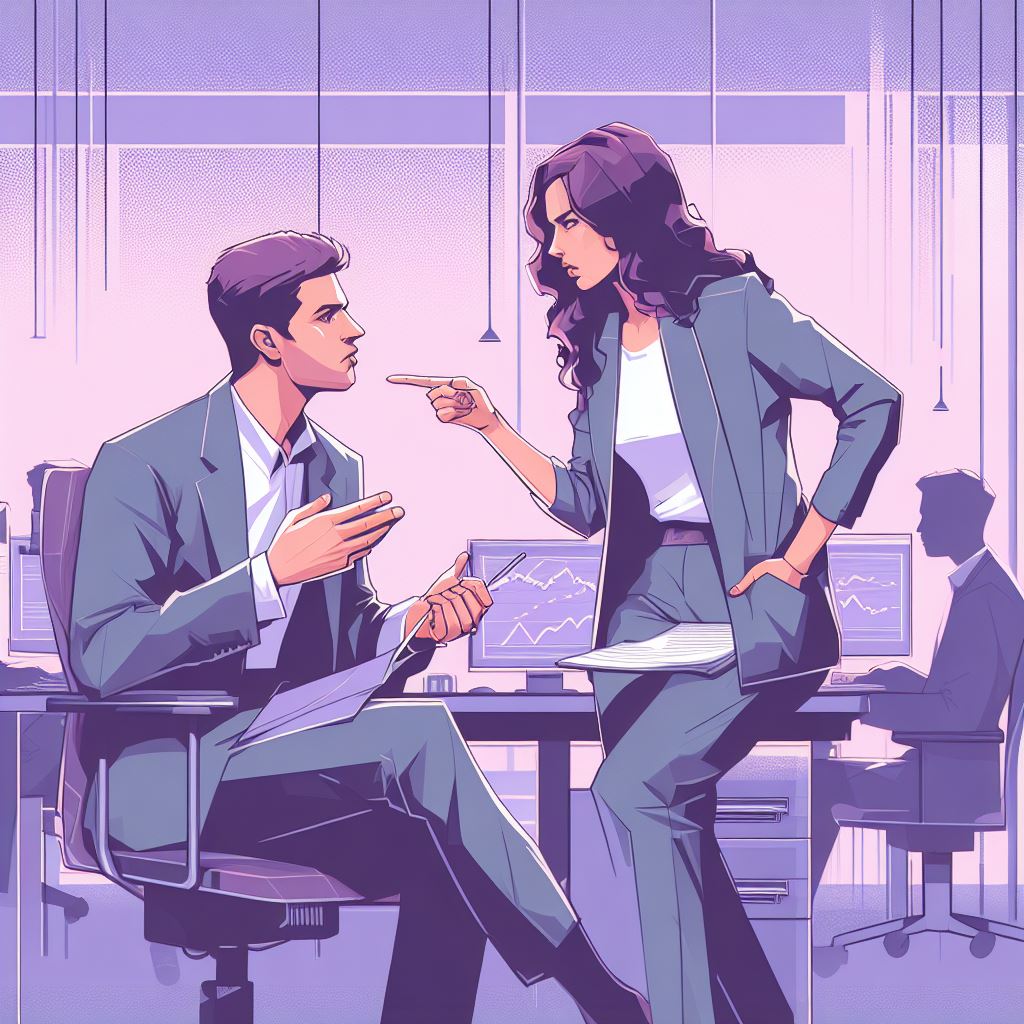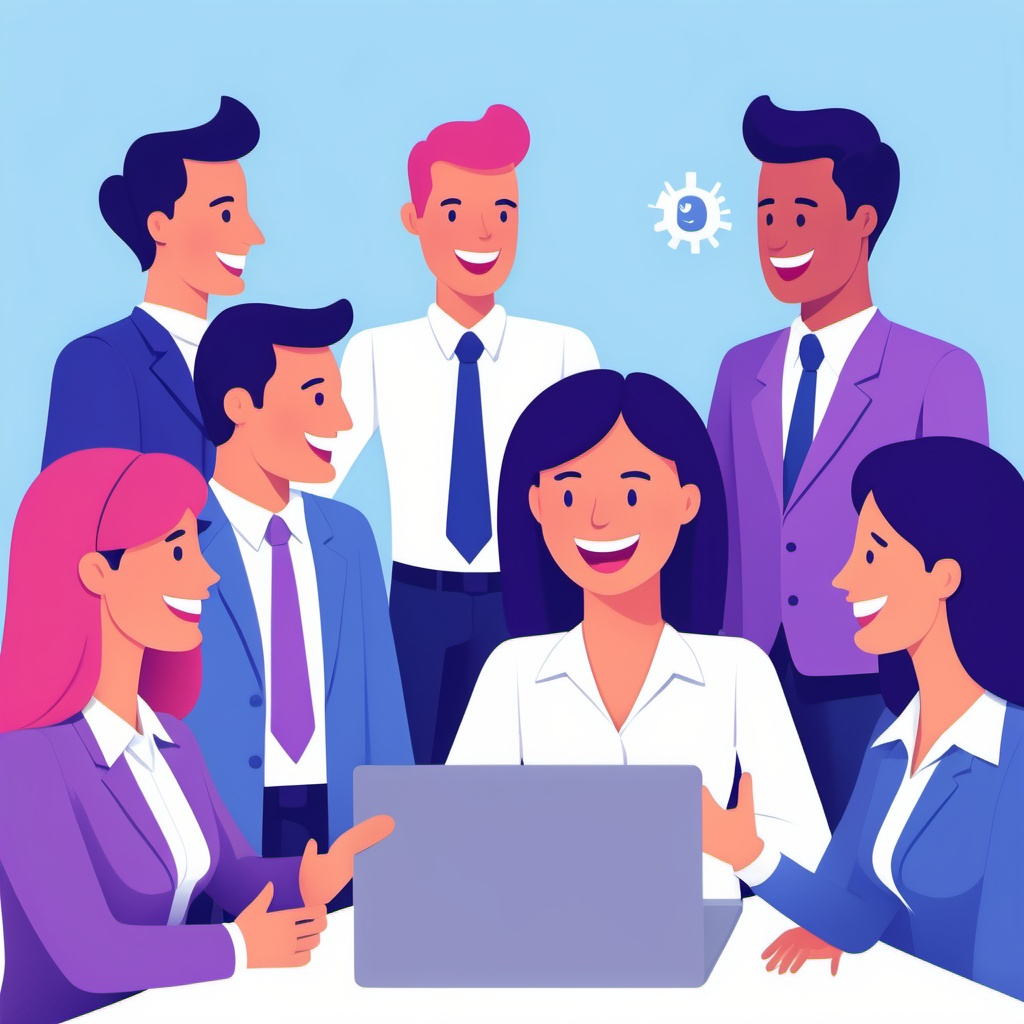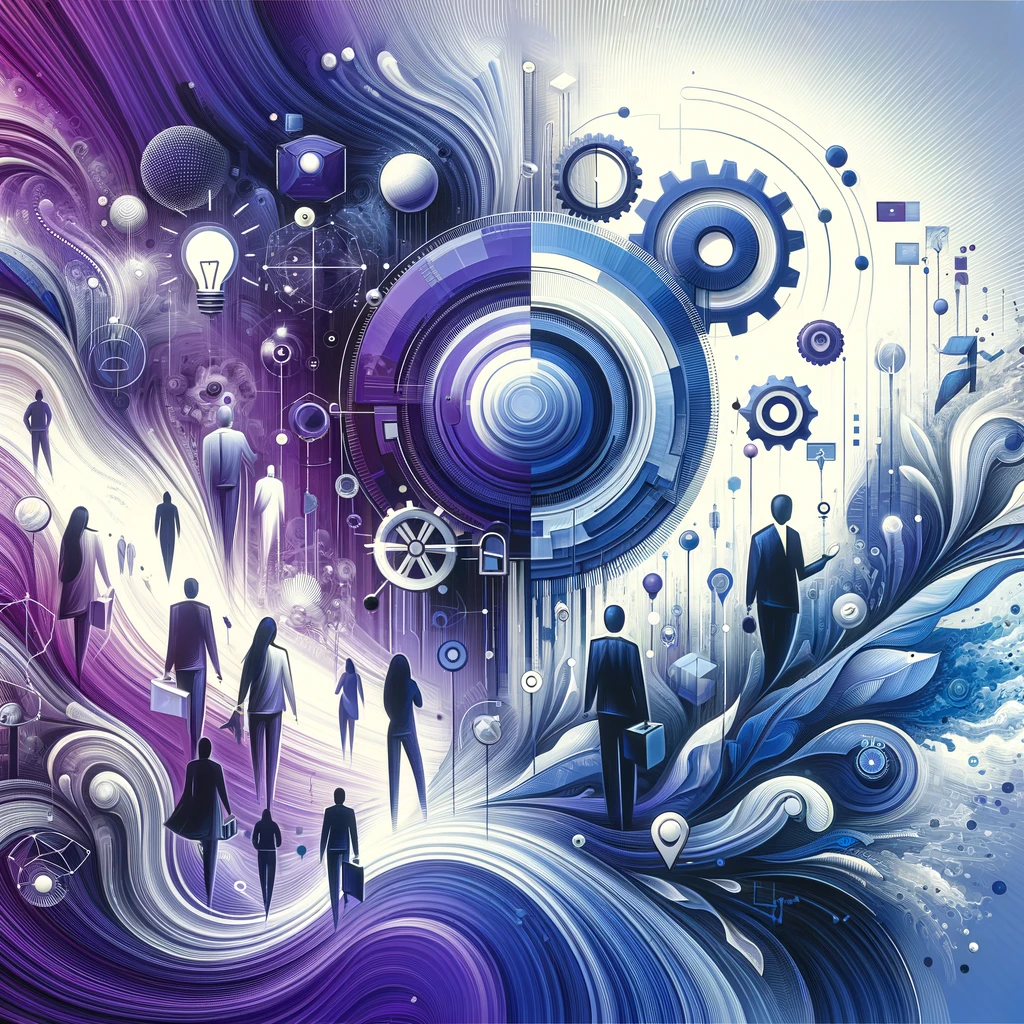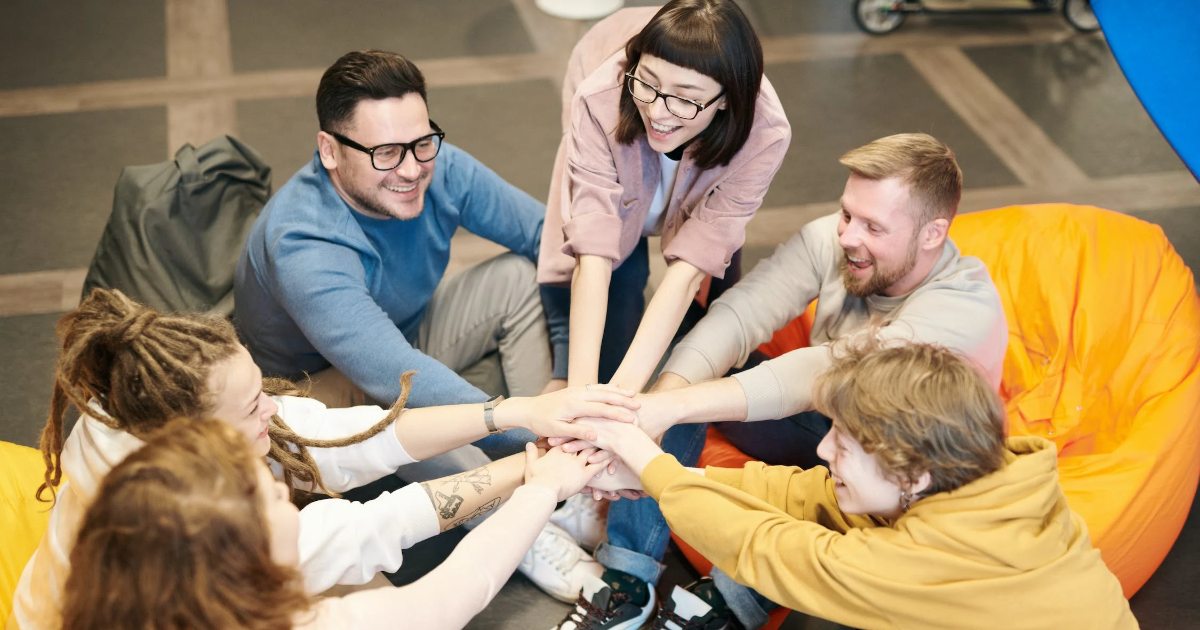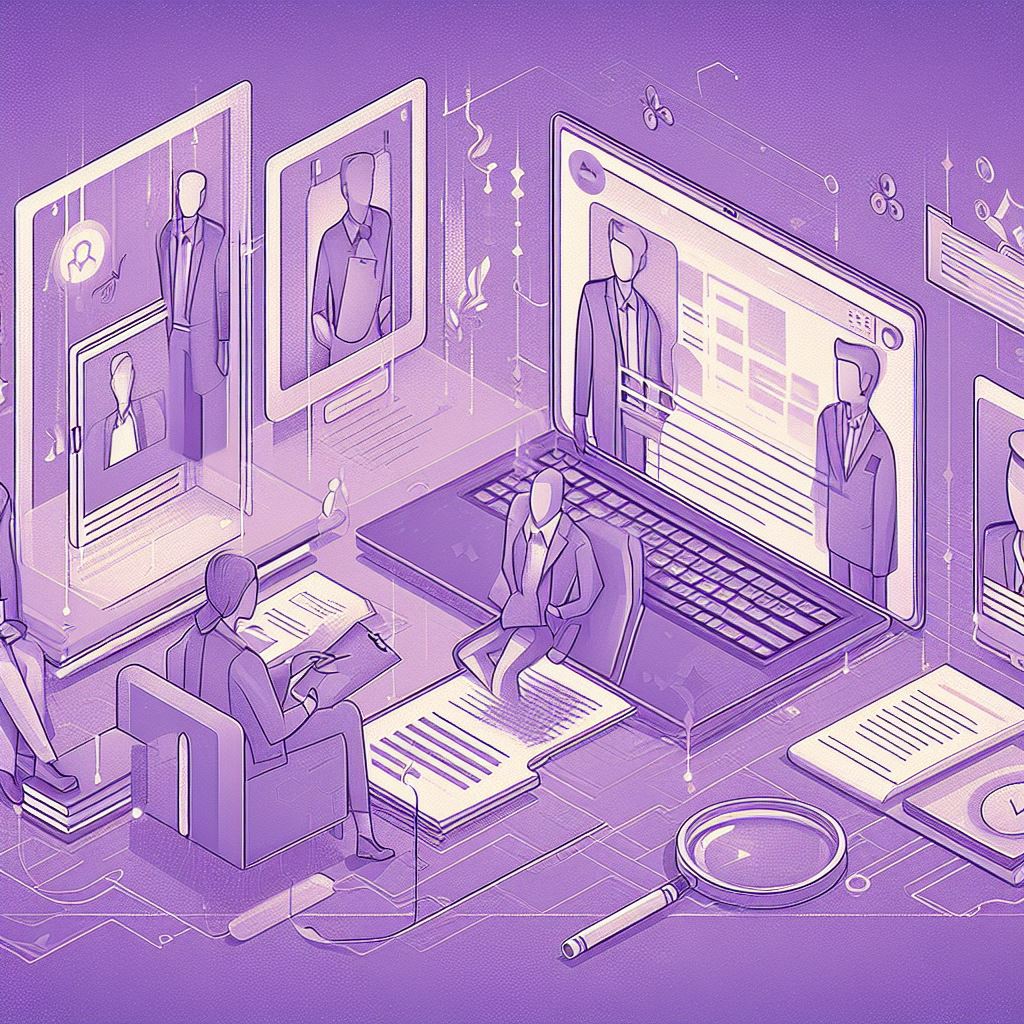Conflict Resolution: The Catalyst for Improved Group Dynamics and Efficient Problem-Solving
In the intricate dance of workplace interactions, three elements often take center stage: problem-solving, conflict resolution, and group dynamics. While each is significant in its own right, their interplay is what truly defines the rhythm of a successful organization. Let’s delve into how these elements intertwine and the strategies to harness their collective power.
Understanding the Interconnected Trio of Group Dynamics, Problem-Solving and Conflict Resolution
Group Dynamics:
This refers to the behavioral and psychological processes that occur within a group, or between groups. It’s the underlying basis for both problem-solving and conflict resolution. The way a team interacts, communicates, and collaborates is shaped by its group dynamics.
Problem-Solving:
Every organization faces challenges. The efficiency with which a team addresses and overcomes these challenges is heavily influenced by its group dynamics. A cohesive team with open communication can often find solutions faster and more effectively.
Conflict Resolution:
Disagreements are natural in any group. However, the manner in which these conflicts are addressed is crucial. Effective conflict resolution can strengthen team bonds, while unresolved conflicts can disrupt group dynamics.
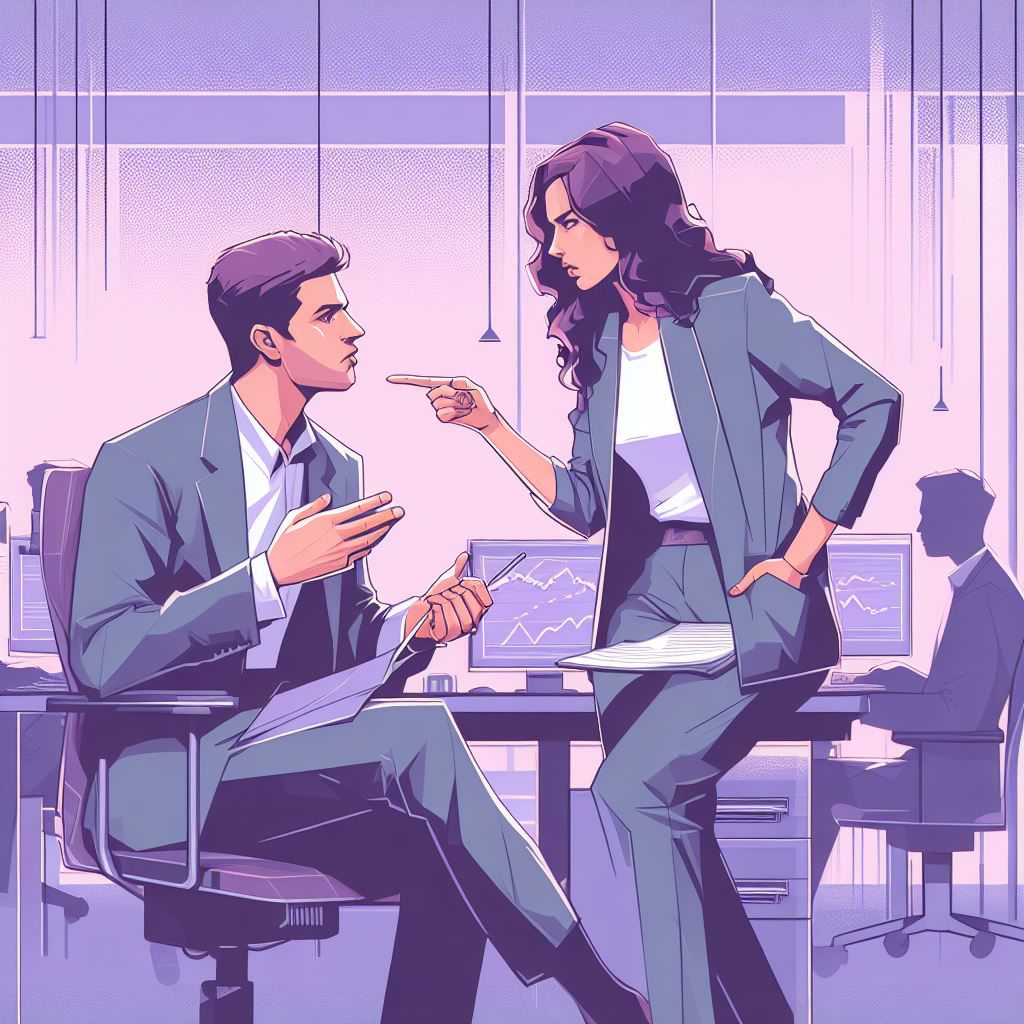
Strategies to Enhance Group Dynamics
Open Communication:
Encourage team members to voice their opinions, concerns, and ideas. This not only fosters trust but also ensures that problems are addressed promptly.
Team Building Activities:
Regular team-building exercises can help team members understand each other better, leading to improved collaboration.
Clear Roles and Responsibilities:
When each member knows their role within the team, it reduces overlaps and potential conflicts.
Problem-Solving in Cohesive Teams
Collaborative Brainstorming:
Harness the collective intelligence of the team. Encourage brainstorming sessions where every idea is valued.
Diverse Perspectives:
Diverse teams bring varied solutions to the table. Celebrate this diversity and leverage it for comprehensive problem-solving.
Continuous Learning:
Promote a culture of continuous learning. Equip your team with the latest tools and techniques to address challenges.
Effective Conflict Resolution
Active Listening:
Before jumping to solutions, ensure that all parties involved feel heard. Active listening can often diffuse tensions.
Neutral Mediation:
In cases of intense conflicts, consider bringing in a neutral mediator to facilitate the resolution process.
Focus on the Issue, Not the Person:
Ensure that discussions remain centered on the issue at hand and don’t devolve into personal attacks.
In Conclusion
The dance of group dynamics, with its intricate steps of problem-solving and conflict resolution, is one that every organization must master. By understanding the nuances of these interactions and implementing strategies to enhance them, companies can foster a harmonious, productive, and resilient workforce.
For those interested in delving further into organizational success, check out our post that delves into the various aspects of teamwork and organizational culture – How is teamwork improved by organizational culture?.
